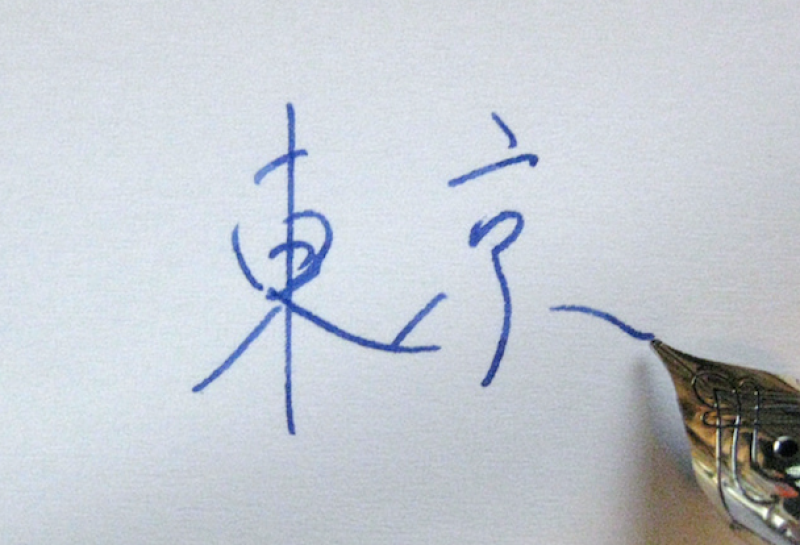Tokyo is an extremely tourist-friendly city. Whether you’re in town to snap a selfie at the major hot spots, dine at the best alleyway ramen joints, or wander through the countless temples, Japan’s capital is ready for you. If you’re considering a trip, remember these 10 pieces of advice to make the experience as seamless as possible.
1. Know the difference between Narita (NRT) vs. Haneda (HND)
Tokyo has two major airports: NRT and HND. Flights to Narita will often seem cheaper, but this airport is about an hour outside of central Tokyo. The train ride to/from this airport will be covered if you have a Japan Rail Pass, but you’ll need to account for the additional travel time on your arrival and departure days. Flights into Haneda cost a little more but are worth the convenience.
2. Follow the yellow brick road
If you end up hopelessly lost without cell service, check the sidewalk for textured yellow strips. These lines lead directly to the nearest subway station, where you can check the train map to get your bearings.
3. “Sumimasen” is the one phrase you should perfect
Learning Japanese before your trip is a daunting task, even if you’re just trying to pin down basic greetings. Locals will appreciate you knowing the difference between “hello” and “good evening,” but the single most useful phrase you can memorize is sumimasen (soo-mee-mah-sehn), which means, “Excuse me.” This is the ideal way to ask for help, apologize for bumping someone on a crowded train, or signal that you’re ready for the check at the end of your meal.
4. Memorize the kanji for “Tokyo”
The vast majority of signs include hiragana (phonetic characters), kanji (complex characters), and romanji (spelling Japanese words with the Roman alphabet), but some smaller train stations will only have maps with kanji. Memorizing the kanji for “Tokyo” means that you will always be able to navigate your way back to the main station, which connects to just about every subway line you could need in the city.

Fun fact: The character for “kyo” in “Tokyo” is the same for “kyo” in “Kyoto.”
Photo by Flickr/Yasuyuki HIRATA
5. Sit in the shower
You may have heard that space is a lot tighter in Japan. Rooms have less square footage, beds are narrower, and the shower situation is both less spacious and less contained than the Western style. Be prepared to bathe sitting down with no shower curtain between you and the rest of the bathroom. The tubs are great for soaking—unless you like to stretch your legs. Then you might be out of luck.
6. Towels aren’t one-size-fits-all
Hotels will most likely provide the same size towel you find at home, but Airbnbs and onsen (hot springs and bathhouses) may give you something closer to the size of a hand towel. These towels are surprisingly absorbent and dry easily after wrung out, but you won’t be wrapping one around your waist anytime soon. If you can’t make due with a petite taoru, consider packing one from home.
7. Dressing rooms are color-coded
The vast majority of restrooms are clearly labeled, but some onsen dressing rooms and restaurants off the beaten path just use swaths of cloth to indicate which room is for men and which is for women. Remember that red is for ladies and blue is for gentlemen, so even if you can’t read the Japanese on a sign, you’ll know which door is for you.
8. Take the train
Everything in Tokyo is accessible by train and a short walk. Everything. Taking an Uber may seem easier when you first encounter the many subway lines connecting the city, but by the second or third subway ride, navigating the stations and ticket machines will feel like second nature. The trains also average ¥160 per ride (about $1.40), which comes out to a lot less than cab rides.

Photo by Flickr/Japanexperterna.se
9. Cash is key
More Japanese businesses than ever accept credit cards these days, but there are still several instances in which cash is the only accepted form of payment. Always keep a couple thousand yen on you, just in case the restaurant/vendor/cabbie doesn’t take cards.
10. Don’t look, just find
This city is built for exploration and discovery, not a search-and-conquer approach. Tracking down specific places can be arduous, even with step-by-step directions from Google Maps. Rather than researching the tastiest tonkatsu, the most glamorous store, or the most impressive artisanal candy shop, pick a neighborhood and wander. The bar is set high everywhere in Tokyo, so quality isn’t a concern. You’ll avoid a lot of frustration by rolling with whatever options you come across instead of seeking out specific places.
>>Plan Your Trip with AFAR’s Guide to Tokyo








